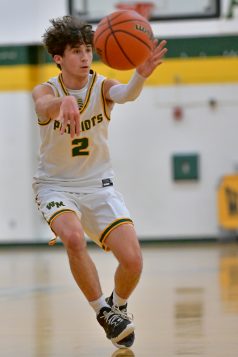Reviewed by John Turner
We humans have done a pretty good job at mucking up the planet, scraping away the planet’s skin for minerals and timber, farms and ranches, not to mention the type of development that characterizes so much of Long Island — shopping centers, industrial parks, and residences. These impacted places, especially the first few, lend themselves well to rewilding to restore the natural, living fabric that was once there.
You might reasonably ask “What is rewilding?” not to mention what wilding means. As we learn in The Book of Wilding: A Practical Guide to Rewilding Big and Small (Bloomsbury Publishing PLC) by Isabella Tree and Charlie Burrell, it is a form of ecological restoration (to restore to the wild condition). What separates it from typical ecological restoration efforts, however, is that the rewilder may not try to restore exactly what was once there or definitively know what species end up colonizing a rewilded site. In this regard rewilding falls in between active, intense hands-on ecological manipulation and non-intervention or just letting “nature take its course.”
 The concept of rewilding developed in the late 20th century when several conservationists offered a vision of North America, rewilded through the implementation of three “C’s” as guiding principles — cores, connectors, and carnivores. Cores involve the expansion of national parks and other public spaces; connectors involve land protection work to connect these expanded public spaces so wildlife can move between sites to promote genetic health among species through genetic exchange and as a hedge again local extirpation in one area; and, lastly, carnivores means the introduction of predators such as wolves, bears, etc. where possible, recognizing the critical role they play in maintain the health of ecosystems.
The concept of rewilding developed in the late 20th century when several conservationists offered a vision of North America, rewilded through the implementation of three “C’s” as guiding principles — cores, connectors, and carnivores. Cores involve the expansion of national parks and other public spaces; connectors involve land protection work to connect these expanded public spaces so wildlife can move between sites to promote genetic health among species through genetic exchange and as a hedge again local extirpation in one area; and, lastly, carnivores means the introduction of predators such as wolves, bears, etc. where possible, recognizing the critical role they play in maintain the health of ecosystems.
In Europe, where there are not the expansive wilderness areas like those found in North America, rewilding has taken on a slightly different definition or tone. Here it is viewed as “kickstarting the ecosystem” or as the authors state: “Putting nature back in the driver’s seat.” They do this by restoring rivers and wetlands by restoring their hydrology, promoting keystone species (species that play a disproportionate role in maintaining the stability of a natural community just as a keystone in an arch keeps an entire arch intact), reintroducing missing species (or if they cannot be reintroduced due to extirpation introduction of surrogate species that behave in a similar way ecologically) and implementing strategies to promote biodiversity, which as its name suggests is the full suite of living things in a specific area.
We learn this and so many other things in this rewilding guide. And what a guide it is, all 559 pages worth, providing both breadth and depth on insights, principles, ideas, and strategies on rewilding. It is easy to get intimidated by this book given its level of detail and the sheer amount of information it contains. However, it is written in a clear and straightforward style, the authors recounting years of experience in their effort to rewild a 3,500 acre estate in West Sussex, Great Britain.
The book is a “how to guide,” covering all the elements necessary to make places that have been compromised once again ecologically diverse and stable, thereby providing the numerous benefits in the form of goods and services intact wild areas provide (e.g. clean water and air, soil creation, timber and wild food production).
While some chapters on wilding have limited applicability to Long Island or New York State, such as introducing large herbivores, a number of chapters in the book have specific relevance to Long Island.
One such chapter is the discussion on “rewilding water.” As the authors note, wetlands — rivers, streams, ponds, lakes, bogs, marshes etc. — cover a tiny percentage of the Earth’s surface, estimated to be about 1 to 2%, but contain habitat for 10% of all animal species and 30% of all vertebrate species. It is clear: wetlands are important from an ecological and biodiversity perspective.
What are the elements of rewilding a wetland, say, a stream?
◆ Restore naturally meandering, S-shape channels in the waterway if previously straightened (so many streams and rivers have been in an effort to carry water away);
◆ Revegetate the banks to eliminate erosion and plant trees along the banks to create shade that create cooler water conditions conducive for fish like trout (the authors recommend 50% of the water surface be shaded);
◆ Leave tree trunks and branches that have fallen in the stream since they provide hiding places for aquatic wildlife;
◆ Create pools in the stream bed so water remains for invertebrates and fish during low water periods and create gravel bars that provide microhabitat for invertebrates;
◆ “Daylighting” streams by unburying them and removing structural conduits; and
◆ Removing weirs, dams and other impediments to the movement of fish and other aquatic animals.
This last recommendation has special relevance to Long Island as the overwhelming number of streams contain obstacles from past road and railroad construction and placement of grist mills. Dam removal would immediately help a number of species such as river herring and American eel.
The book makes similar constructive recommendations relating to other rewilding elements such as vegetation and with animals. A section entitled “Rewilding Your Garden — Applying rewilding principles in a small place” may be of special interest to homeowners. It contains great tips on how to make the surroundings around a home more diverse and environmentally friendly, not to mention beautiful.
Each chapter has an introduction and then for ease of reading has distinguishing green colored pages which highlight a separate but related section providing informative specifics of the rewilding effort; these are called “Putting It Into Practice”. This approach is useful in distinguishing theoretical and scientific underpinnings of rewilding from the practical steps needed to achieve the desired rewilding element.
Underpinning this book is an optimistic perspective that with careful, sensitive and appropriate human intervention, nature can heal itself, if given half a chance.
As the book makes clear, if the ideas, strategies, and recommendations flowing from rewilding principles are implemented in your backyard garden, neighborhood park, or on a much larger scale knitting together national parks, the natural world will be a more healthy, diverse, richer and beautiful place.
The Book of Wilding: A Practical Guide to Rewilding Big and Small is available online at Amazon and Barnes and Noble.







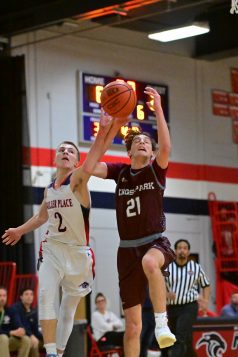
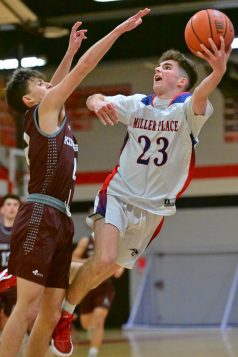



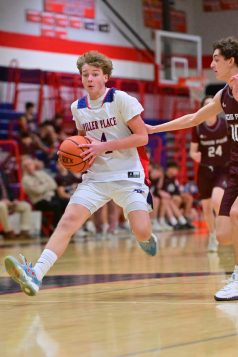


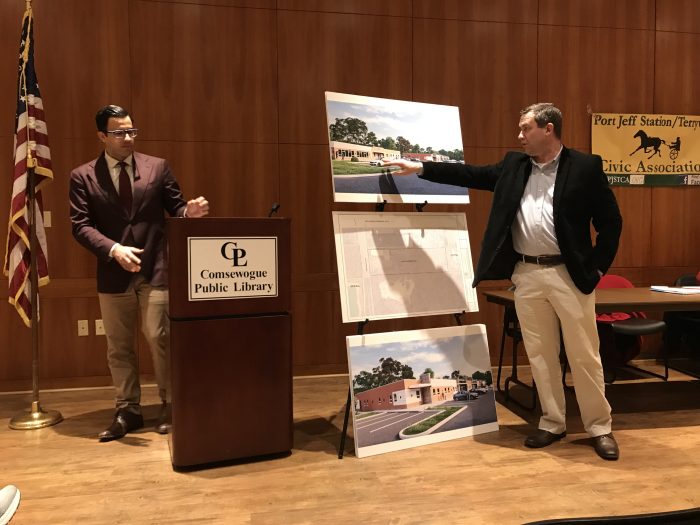
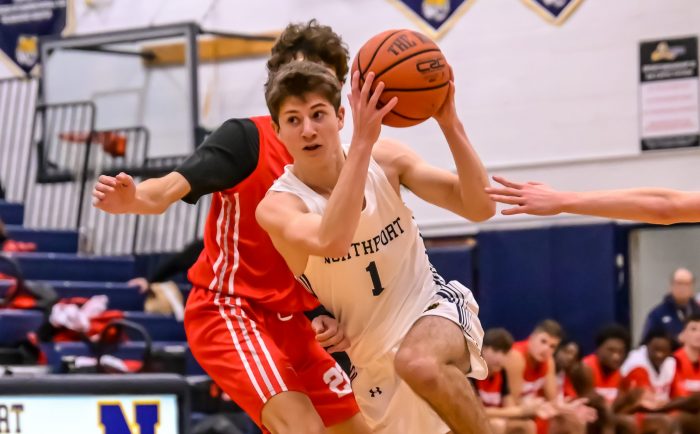
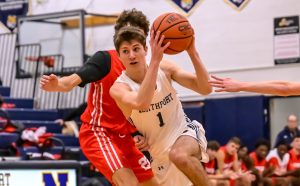






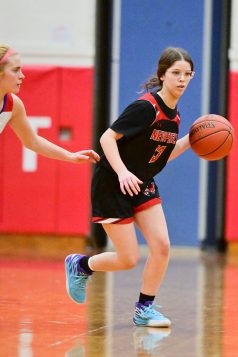
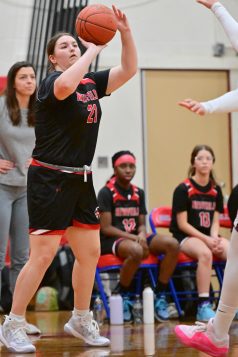
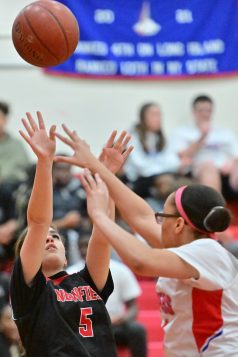

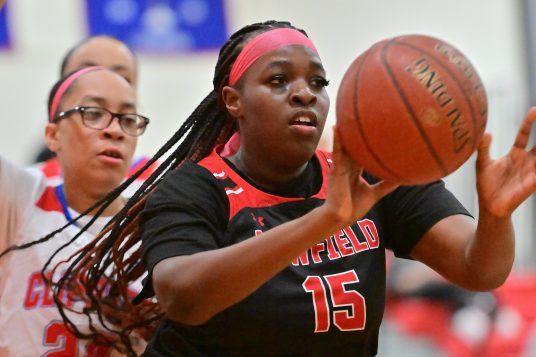
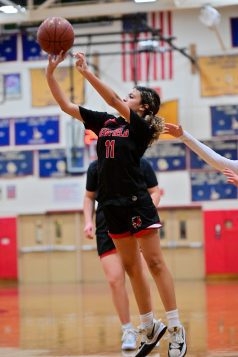
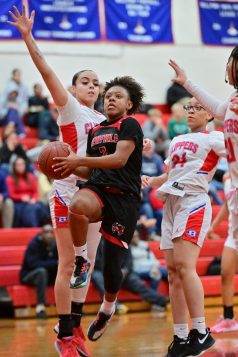
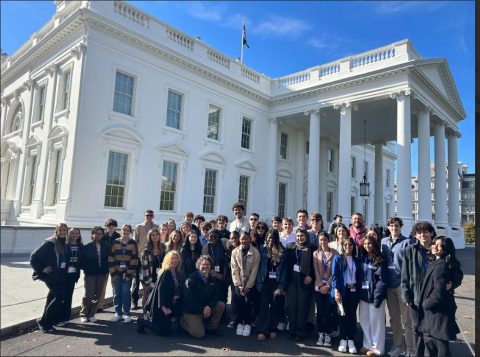
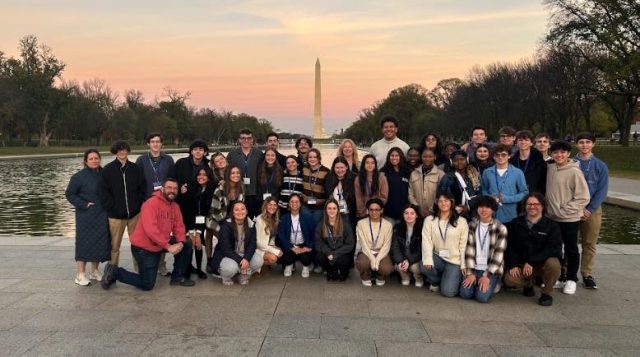

 The concept of rewilding developed in the late 20th century when several conservationists offered a vision of North America, rewilded through the implementation of three “C’s” as guiding principles — cores, connectors, and carnivores. Cores involve the expansion of national parks and other public spaces; connectors involve land protection work to connect these expanded public spaces so wildlife can move between sites to promote genetic health among species through genetic exchange and as a hedge again local extirpation in one area; and, lastly, carnivores means the introduction of predators such as wolves, bears, etc. where possible, recognizing the critical role they play in maintain the health of ecosystems.
The concept of rewilding developed in the late 20th century when several conservationists offered a vision of North America, rewilded through the implementation of three “C’s” as guiding principles — cores, connectors, and carnivores. Cores involve the expansion of national parks and other public spaces; connectors involve land protection work to connect these expanded public spaces so wildlife can move between sites to promote genetic health among species through genetic exchange and as a hedge again local extirpation in one area; and, lastly, carnivores means the introduction of predators such as wolves, bears, etc. where possible, recognizing the critical role they play in maintain the health of ecosystems.







